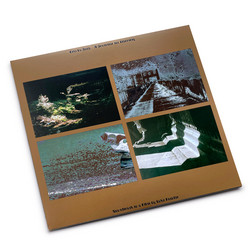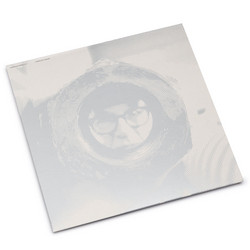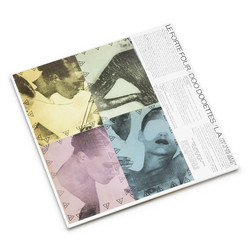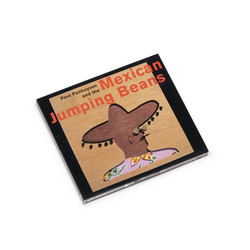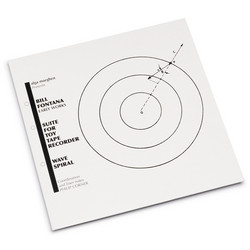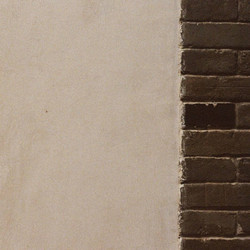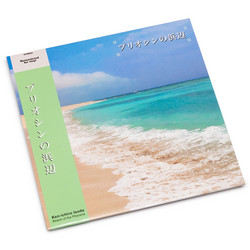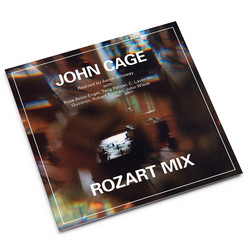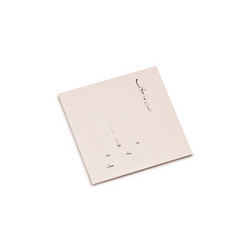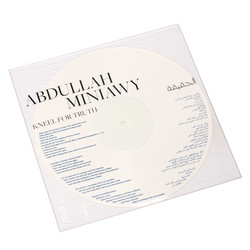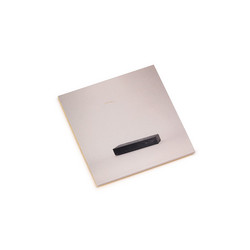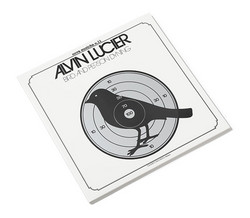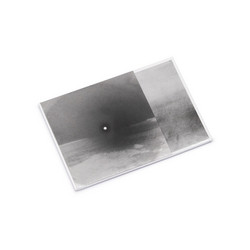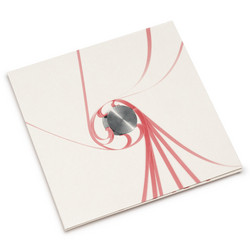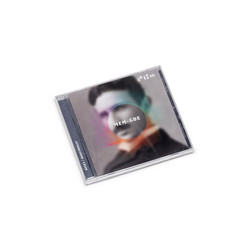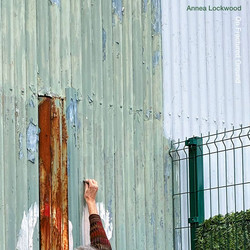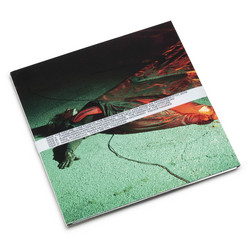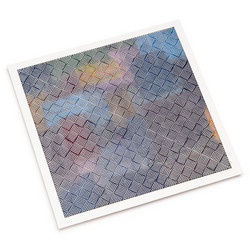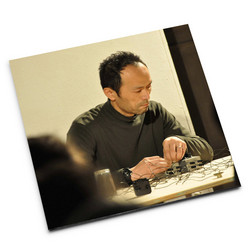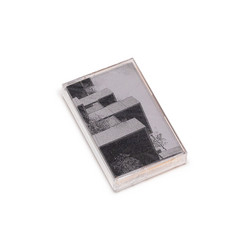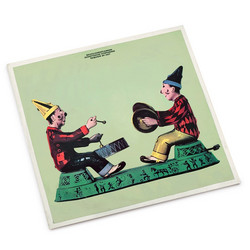Alma Art presents The Golden Violin (Płyta nr 008), a remarkable 1987 sound work by Jarosław Kozłowski, one of Poland's most important conceptual artists. This extremely rare vinyl release, produced in a limited edition of only 200 copies, represents a unique intersection between visual art and experimental sound during the final years of communist Poland's cultural underground.
Jarosław Kozłowski (born 1945, Śrem, Poland) is internationally recognized as one of the most outstanding representatives of the conceptual movement in Polish art. His practice extends far beyond traditional visual art boundaries, incorporating installations that utilize diverse media including drawings, light, sound, photography, and everyday objects. Since the early 1970s, Kozłowski has been a central figure in Poland's avant-garde movement, founding the revolutionary Akumulatory 2 Gallery in Poznań (1972-1990) and establishing the international artist network NET in 1971, which connected over 350 artists worldwide despite Cold War restrictions. The Golden Violin emerges from Kozłowski's broader exploration of "critical-analytical discourse with art and the mechanisms of perception, self-reflection, and the relationship between meaning and context." The work exemplifies his method of deconstructing artistic myths and questioning conventional relationships between sound, meaning, and cultural signification. As with his visual installations, Kozłowski approaches sound as sculptural material, creating what can be understood as an "acoustic installation" that exists within the conceptual art tradition rather than conventional music.
Alma Art, a Polish underground label active during the 1980s, was instrumental in documenting the country's experimental music and sound art scene. The label specialized in releasing works by avant-garde artists including Krzysztof Knittel and Andrzej Mitan, positioning itself as a crucial platform for experimental sound during a period when such artistic expression operated within significant political and cultural constraints. The label's catalog represents an important archive of Polish experimental culture from the final decade of communist rule. The 1987 release of The Golden Violin coincides with a pivotal moment in Polish cultural history. This period marked what musicologists describe as the "crisis of rock" in Poland, when many artists emigrated and traditional musical forms were being challenged by experimental approaches. Kozłowski's sound work emerges from this context as part of a broader movement of artists who were "going beyond the genre and starting to combine sound art with painting and other visual forms."
As a document of Poland's conceptual art movement, The Golden Violin reflects Kozłowski's lifelong investigation of logical structures and linguistic paradoxes. His approach to sound mirrors his visual work's engagement with "inductive logic" and the questioning of universal systems of signification. The piece functions as both sonic sculpture and conceptual statement, embodying his philosophy that art should create spaces of pure possibility freed from predetermined meaning.
